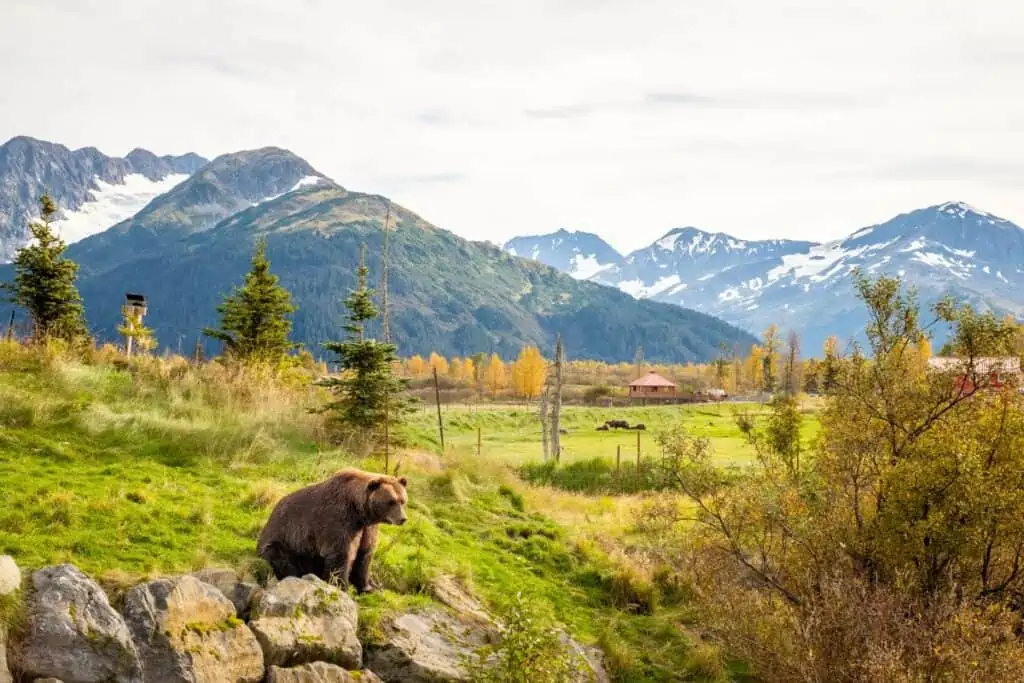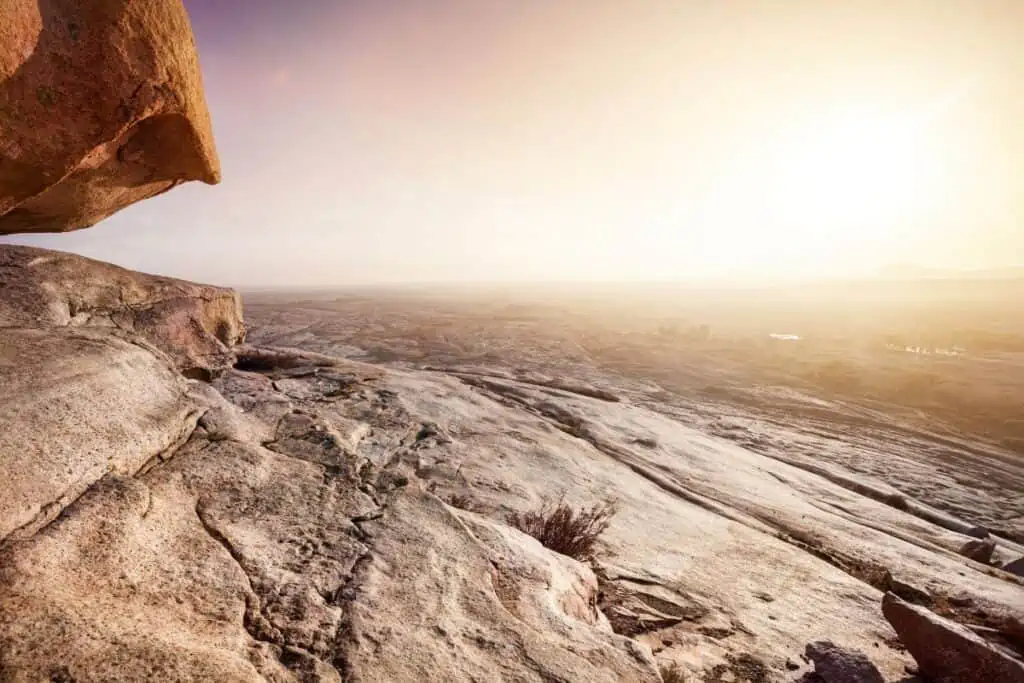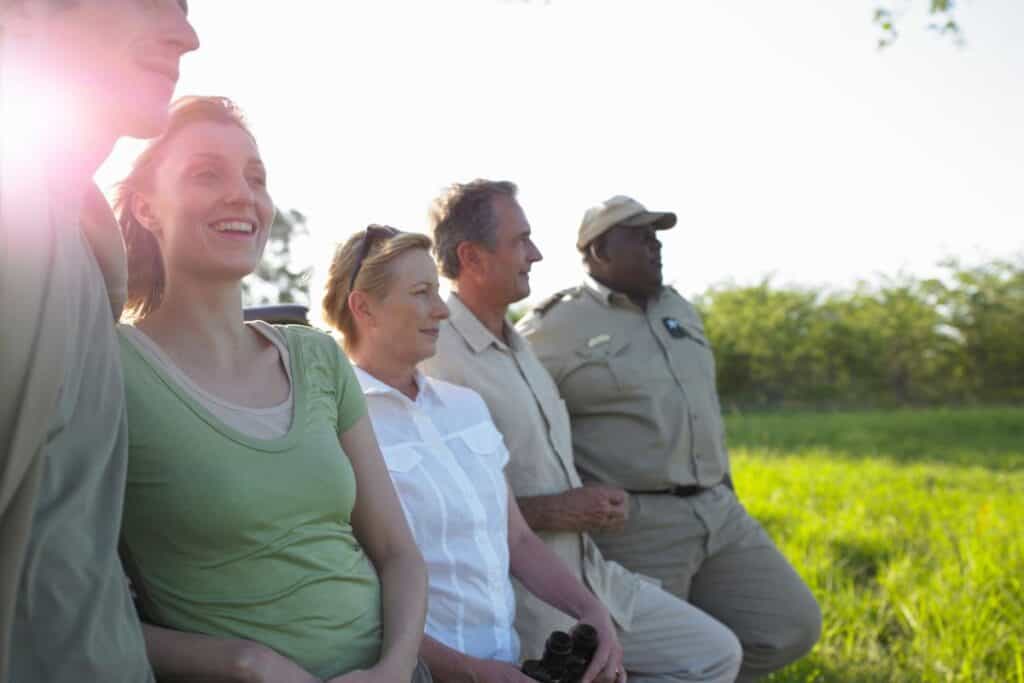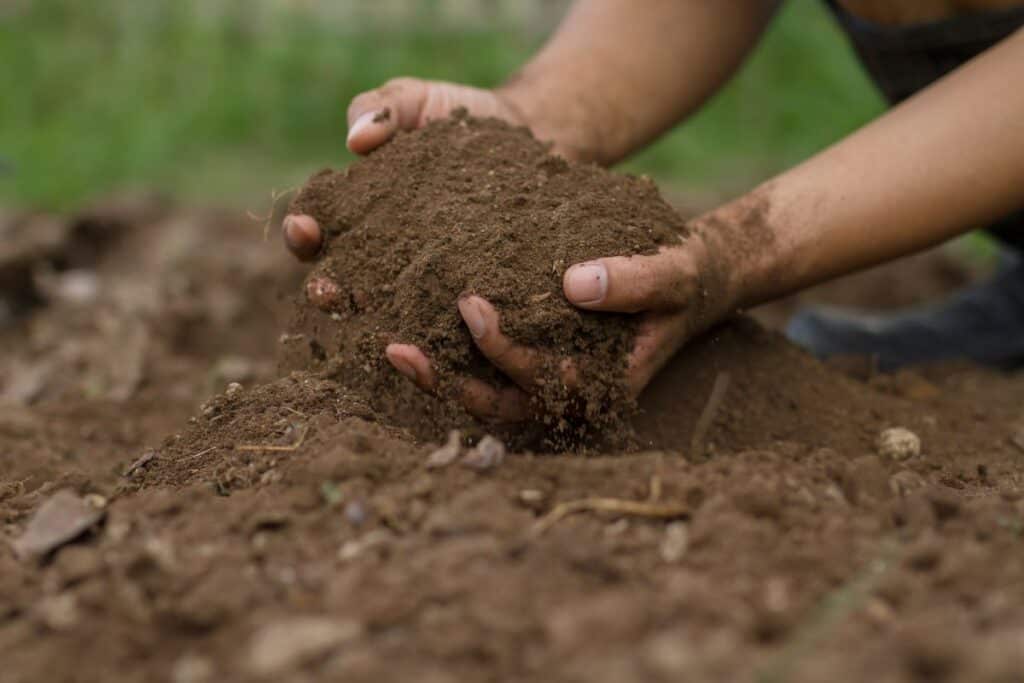The goal of wildlife conservation should be a high priority for all the inhabitants of the planet. Although the main focus is on plants and animals, preserving life-support systems like rivers, oceans, soil, and more benefits all of us. Without a viable planet, there can be no human beings.
Wildlife conservation aims to protect the genetic diversity of living organisms, prevent the extinction of endangered animals and plants, and create a workable system to encourage development and conservation. The goal is to sustain life on Earth and promote welfare for all.
Wildlife conservation is often pushed aside as a topic for another day or for a select group of khaki-wearing wildlife crusaders. Most people do not realize that conservation is up to all of us.
If we want to ensure the longevity of our planet, we should all play our part in conserving it.

The goals of wildlife conservation
Wildlife conservation is the preservation of naturally occurring living organisms on the planet.
Plants and animals play a vital role in keeping the balance of the Earth and providing much-needed air, nutrients, soil, access to food, and more.
Wildlife conservation aims to ensure that all plants, animals, and other organisms living on Earth are allowed to thrive and continue to exist in their natural state.
Those working in the field of wildlife conservation aim to limit the exploitation of species and support sustainable growth.
They maintain species’ genetic variation and work to ensure they do not become prematurely extinct due to human interference and over-exploitation.
The goals of wildlife conservation include:
- Prevent the extinction of plants and animals due to human interference.
- Establish and maintain nature reserves, national parks, and protected areas.
- Lobby for laws that protect natural areas and species.
- Facilitate breeding of endangered species.
- Perform ongoing studies to better understand plants and animals in their natural habitat.
- Educate people on the vital importance of wildlife conservation and how they can contribute.
Now, let us investigate each of these goals in more detail:
1. Prevent the extinction of plants and animals
Scientists predict that we are on the brink of the planet’s sixth mass extinction.
This notion is alarming, and we must take action to prevent as many plants and animals from becoming extinct as possible.
The significant reasons for extinction include:
- Loss of habitat: Humans use more and more natural habitats for development and maintenance, driving wild animals away and killing plants. Pollution is another cause of habitat loss, as animals become poisoned or harmed by pollution and move away or die.
- Over-exploitation: with issues like over-fishing, over-consumption of farmed meat, unsustainable logging, and more, the planet is being over-exploited to the point of no return.
- Illegal wildlife trafficking: Although laws and severe consequences exist for unlawful wildlife trafficking, this activity remains a devastating purge of wild animals.
- Climate change: While we may not be directly to blame for this point, climate change has been a concern for many years. The effects of greenhouse gasses are causing the planet to heat up, changing many habitats and rendering their inhabitants unable to exist the way they did before. Plants and animals affected by changes to their environment must adapt, move, or die, often leading to species extinction.

2. Establish and maintain nature reserves and parks
Part of the goal of wildlife conservation is to ensure that wild plants and animals have protected spaces to thrive in.
Their natural habitats must be preserved to live as intended, interacting with nature appropriately and reproducing naturally.
The establishment and maintenance of nature reserves, parks, and protected areas allow conservationists to control the management of wildlife, study species, assess their relationship with the environment, and keep watch for poaching.
These natural areas form part of most countries’ ecotourism and generate revenue. They are often places of calm and peace, and human beings tend to love spending time viewing animals and spending time in nature.
Many reserves and parks host educational and informative courses, talks, and camps which go a long way in educating the public about conservation and our role in protecting wildlife.
3. Lobby for laws that protect natural areas and species
Wildlife conservationists are often the forerunners of those lobbying for animal and plant protection laws.
Although it is not always possible to enforce wildlife conservation laws, they must be in place to protect species and areas that are exploited.
4. Facilitate the breeding of endangered species
When a species is endangered, it is often necessary to facilitate breeding.
Animals may be placed in a temporary enclosure, like a zoo or similar space, to ensure that breeding occurs.
Many animals do not naturally breed when in captivity, so it is the role of conservationists to use scientific means when necessary.
5. Perform ongoing studies
There are vast amounts of in-depth information we do not yet understand about the natural world.
One goal of wildlife conservation is to perform ongoing studies to learn as much as possible about plants, animals, fungi, and other organisms and their interaction with their environments.
By researching and learning about wildlife, we can gain a deep and meaningful understanding of the Earth, biospheres, climate, erosion, sustainability, and more.
By peering into nature, we often find a mirror that shows us exactly who and what we are, both good and bad.
When we study wildlife, we can better protect it and educate the public about it. We are also better able to engage in sustainable development.
6. Educate the public
An essential goal of wildlife conservation is educating the public about the importance of wildlife conservation and how they can be involved.
Various protected areas and parks offer talks, courses, camps, and the possibility for schools to visit and engage in learning about wildlife and conservation.
Although a select few are responsible for actively protecting wildlife, we all have a role to play in maintaining our planet to sustain life for as long as possible.

The importance of wildlife conservation
When considering the main goals of wildlife conservation, we must look at the overarching philosophy that trickles down to the smallest organism.
The main goal of wildlife conservation is the preservation of the planet’s ability to sustain life, both natural and developed.
As Earth’s human population expands, so does our dependence on the planet. It becomes increasingly vital to ensure that the planet remains healthy and able to sustain us and all other organisms.
Wildlife conservation aims to protect organisms in their natural habitat for their good and ours.
The World Conservation Strategy, as proposed by the International Union for Conservation of Nature (IUCN), the UN Environment Program (UNEP), and the World Wildlife Fund for Nature (WWF), states that conservation aims to:
- Maintain critical processes and life-support systems on which human survival and development depend
- Preserve genetic diversity
- Ensure the sustainable use of all species and ecosystems like fish and forests
From the information in the World Conservation Strategy document, we can see that it is vital to conserve wildlife for the planet to continue sustaining all its other inhabitants and us.
Let us take a look at the three goals listed above and learn a little more about each one:
1. Maintain important processes and life-support systems
Wildlife conservation aims to sustain the planet to allow humans and other species to thrive.
The survival of all species means protecting their natural habitat and environments, while development means allowing human beings to continue to develop our industry as needed.
Conservation steps in to understand the planet’s situation and educate development stakeholders, enabling them to make conscious decisions that will allow development to continue sustainably.
Wildlife conservationists focus on life-giving systems like soil. Issues affecting soil include erosion, pollution, and misuse.
Soil should be protected as an essential element of life that it is. It must be protected, allowing nutrients to be recycled and water to be filtered and cleaned.

2. Preserve genetic diversity
As a part of wildlife conservation, scientists must focus on preserving the diversity of the genetic makeup of species on Earth.
Many of the planet’s life-support systems rely heavily on the diverse genetic material in Earth’s organisms.
Preserving the genetic diversity of organisms on Earth means actively cultivating and breeding plants and animals, improving on domesticated plants and animals, assisting in medical and scientific advancement, and assisting in technical innovation.
Through securing genetic diversity, conservationists also ensure the sustainability of the many industries that rely on natural materials for survival.
3. Ensure the sustainable use of all species and ecosystems
Humans rely on using species of plants and animals and ecosystems for food and shelter. Issues arise when the use of these species and ecosystems is unrestrained.
Species like fish are over-exploited. The over-exploitation of species leads to the extinction of the species and the inability of humans to continue using the resource.
Deforestation is an example of an ecosystem being used in an unsustainable way.
Trees are removed more quickly than they can be replaced, leaving countless animals with no habitat, innumerable plants and microorganisms without support, shade, and nutrients, and the planet with a notably lower level of oxygen.
By ensuring the sustainable use of resources like species of plants and animals and ecosystems, conservationists help control their decline and enforce their ongoing existence.
By allowing species and ecosystems to continue to exist, conservationists assist communities and industries to continue to survive.
Final thoughts on wildlife conservation goals
Wildlife conservation aims to protect all living beings in their natural habitat.
Conserving wildlife is a part of protecting the entire planet, allowing it to sustain human beings and all other forms of life for as long as possible.
Wildlife conservation involves studying elements of nature and learning how we can continue to develop sustainably.
Conservation understands that humans rely on the earth for our survival. It aims to help us develop and use sustainable strategies to use and conserve the planet’s natural resources.
